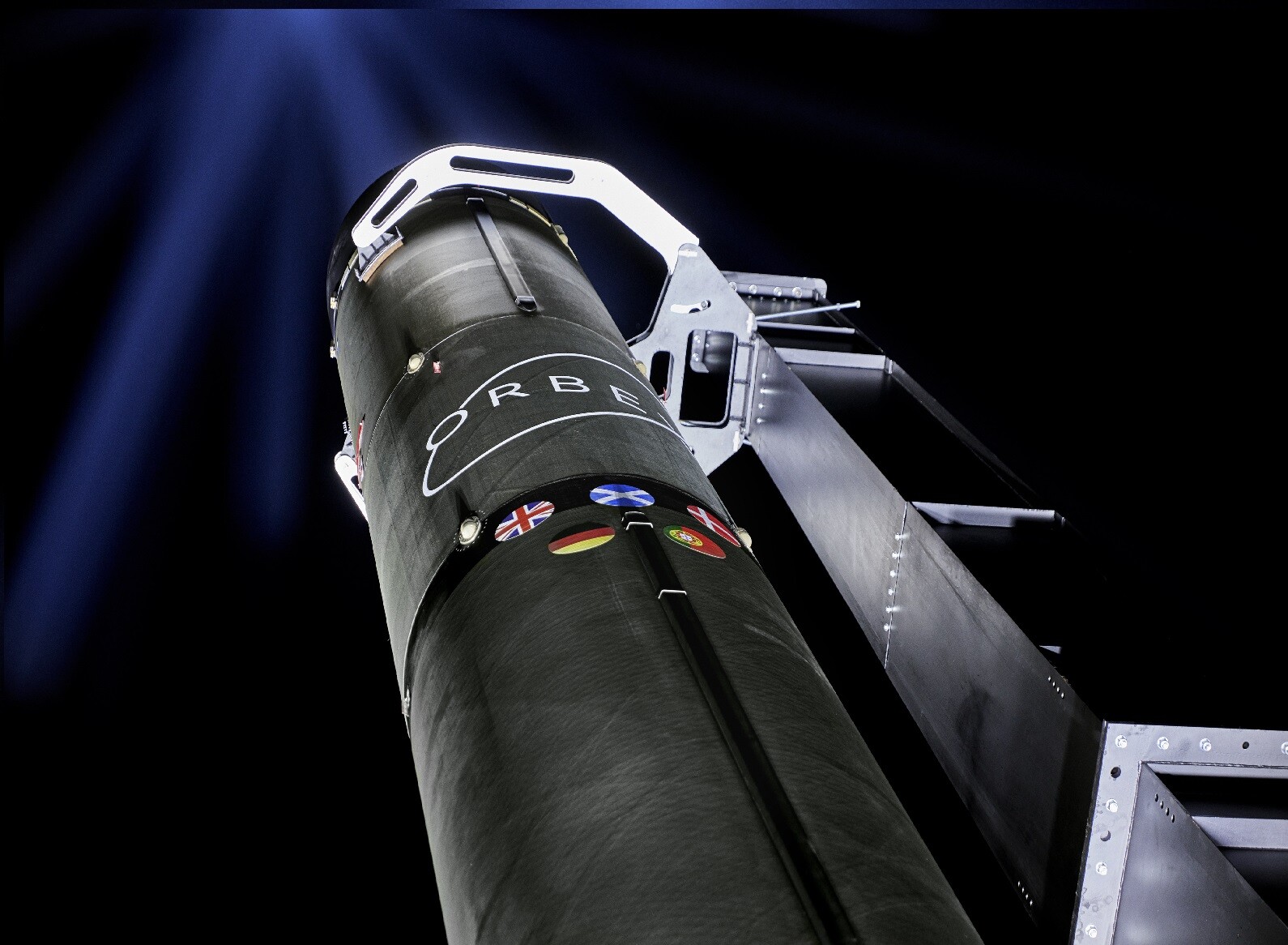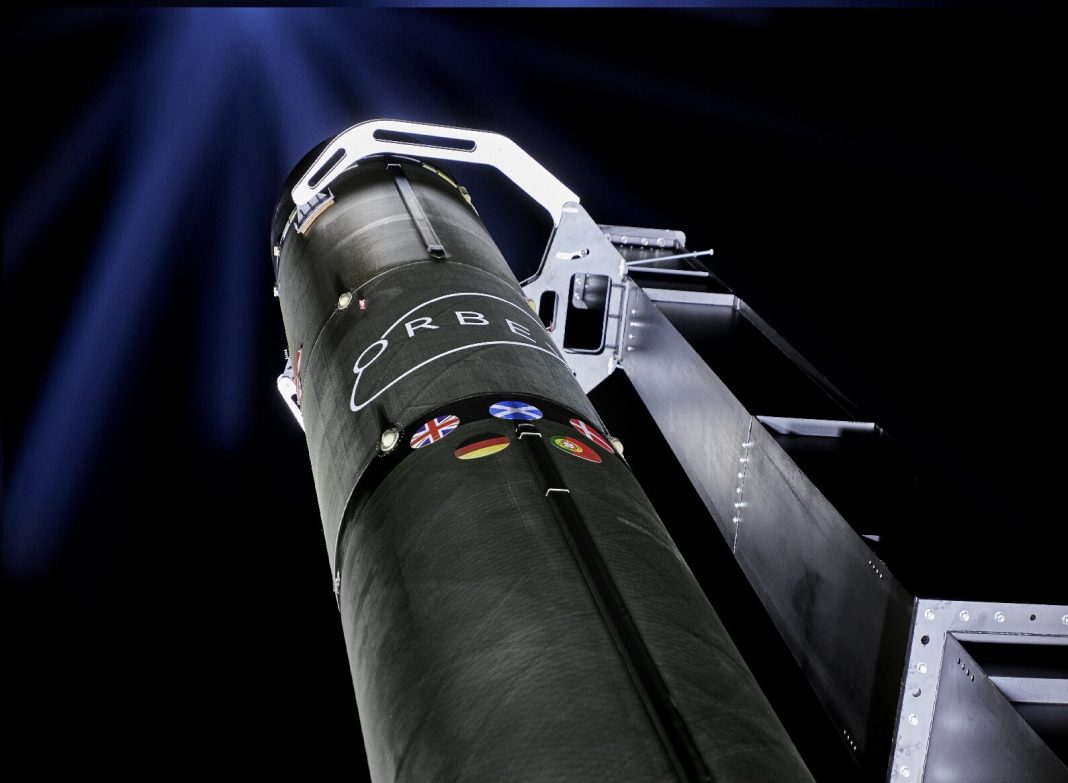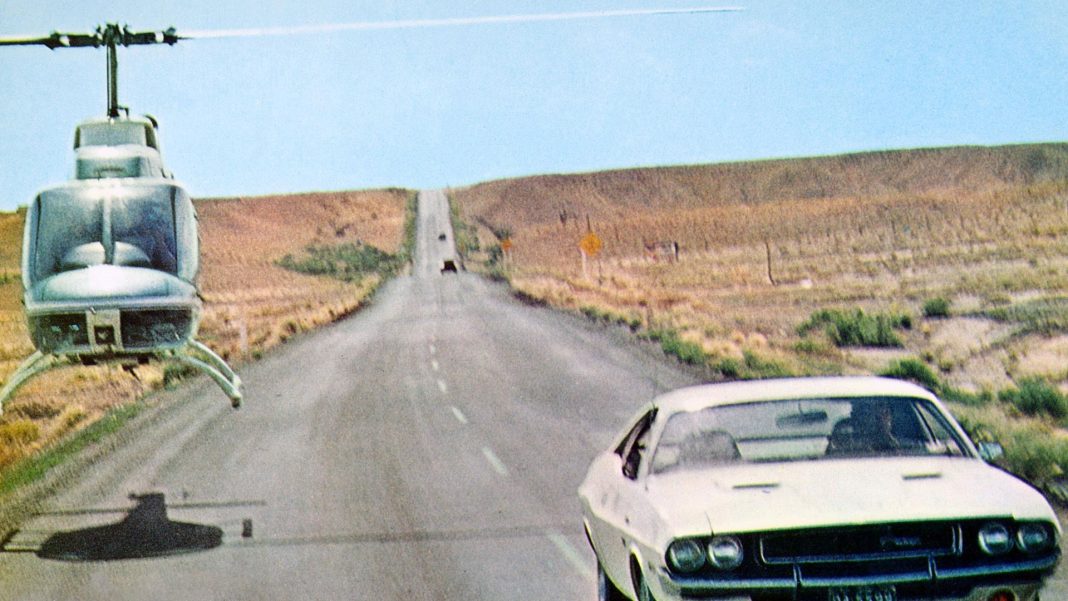 Ariane 6, the powerful European-built rocket, successfully made its much-anticipated debut on Tuesday, marking Europe’s return to the launch market. The rocket, which stands over 200 feet tall, launched from Kourou in French Guiana and reached orbit without any complications. This launch signifies a major milestone for the European Space Agency (ESA) and ArianeGroup, the joint venture between Airbus and Safran, who oversaw the project.
Ariane 6, the powerful European-built rocket, successfully made its much-anticipated debut on Tuesday, marking Europe’s return to the launch market. The rocket, which stands over 200 feet tall, launched from Kourou in French Guiana and reached orbit without any complications. This launch signifies a major milestone for the European Space Agency (ESA) and ArianeGroup, the joint venture between Airbus and Safran, who oversaw the project.
The Ariane 6 rocket is the culmination of a $4.5 billion effort involving 13 nations. It succeeds the Ariane 5, which had a successful run with 117 launches before retiring last year. The new rocket comes in two versions: Ariane 62, equipped with two solid rocket boosters capable of delivering up to 10,000 kilograms of cargo to low Earth orbit (LEO), and Ariane 64, featuring four solid rocket boosters capable of carrying as many as 21,000 kilograms to LEO. Ariane 6 falls into the “heavy” class of rockets in the launch market.
However, the debut of Ariane 6 has faced numerous delays due to technical issues, the Covid-19 pandemic, and the conflict in Ukraine. Russia’s suspension of European mission launches on its Soyuz rockets following the invasion of Ukraine disrupted the space industry further. Additionally, the Vega-C, another European rocket, has been grounded since a failed launch in 2022. These setbacks have led to Europe relying on SpaceX for launches, as the company currently holds a near monopoly on the global launch market.
SpaceX’s reusable and cost-effective Falcon 9 rockets have become an attractive alternative for European spacecraft that have been waiting for Ariane 6 to become operational. Even high-profile missions by the ESA, such as the EarthCARE spacecraft, Euclid telescope, and Galileo satellites, have launched on SpaceX rockets. This trend has raised concerns among European officials who stress the importance of Europe having its own access to space.
One notable difference between Ariane 6 and its competitors, including SpaceX, is its lack of reusability. While most U.S. companies are embracing reusable rocket technology, Ariane 6 remains expendable, meaning each vehicle is discarded after a mission. This approach has drawn criticism and questions about Europe’s naivety in not adopting reusable rockets.
Despite the challenges and criticisms, Ariane 6 has a crucial customer waiting for its launches: Amazon. The tech giant has ordered a staggering 97 rocket launches from five companies, with a significant portion awarded to Arianespace for the launch of Project Kuiper internet satellites on Ariane 6.
In conclusion, the successful launch of Ariane 6 marks a significant achievement for Europe’s space industry. While delays and reliance on SpaceX have raised concerns, Europe remains committed to having its own access to space. The expendable nature of Ariane 6 sets it apart from its competitors, but it still holds promise with Amazon as a major customer. As the competition in the launch market continues to evolve, it will be interesting to see how Europe adapts and innovates to maintain its position in the space industry.


